
King Willem-Alexander’s working palace Noordeinde Palace in The Hague will open its door for four Saturdays in a row.
Noordeinde Palace began its life as a medieval farmhouse in 1533. This was converted into a spacious residence, which was bought for Louise de Coligny, the widow of William I, Prince of Orange, in 1595. It was her son who enlarged the house even more, and it was then known as “Oude Hof”, or Old Court.
When King William I was proclaimed King in 1815, the constitution decreed that the State must provide a summer and winter residence for the sovereign. Instead of building a new winter residence, it was decided to expand the Oude Hof. King William II never lived at the palace, as he preferred Kneuterdijk Palace. King William III and his first wife Sophie of Württemberg used the palace in spring and autumn while living at the Loo Palace in the winter and summer. Sophie moved to Huis Ten Bosch when their marital problems began. After Sophie’s death, William married Emma of Waldeck and Pyrmont and their only child, the future Queen Wilhelmina, was born at Noordeinde Palace on 31 August 1880. Emma moved to the Lange Voorhout Palace when Queen Wilhelmina married Duke Henry of Mecklenburg-Schwerin in 1901. Their only surviving child, the future Queen Juliana, was born at Noordeinde Palace in 1909.
After the Second World War, the palace was not used to live in anymore. In 1948, a fire destroyed some of the central areas of the Palace. After the necessary restorations, Queen Beatrix was the first to use it again as a working palace in 1984. It is still in use as a working palace for King Willem-Alexander now.
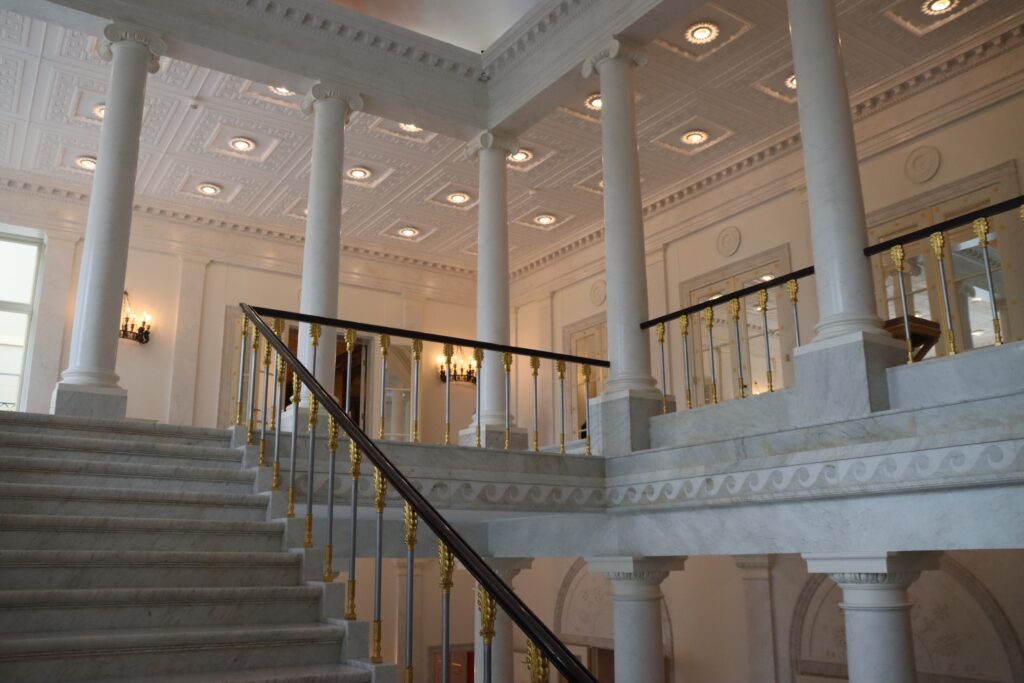
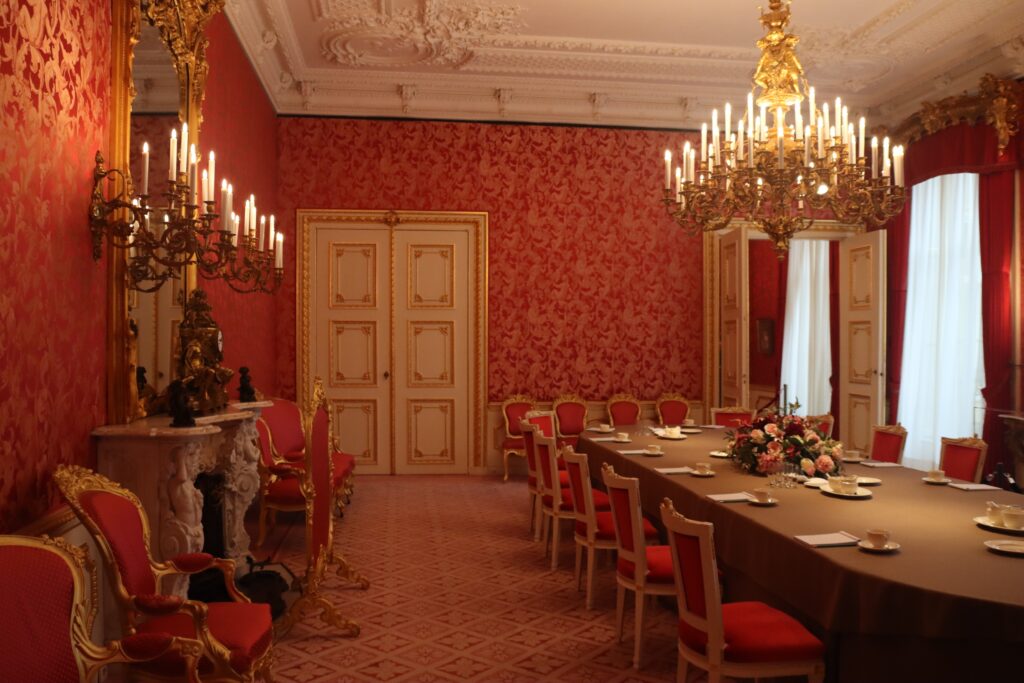
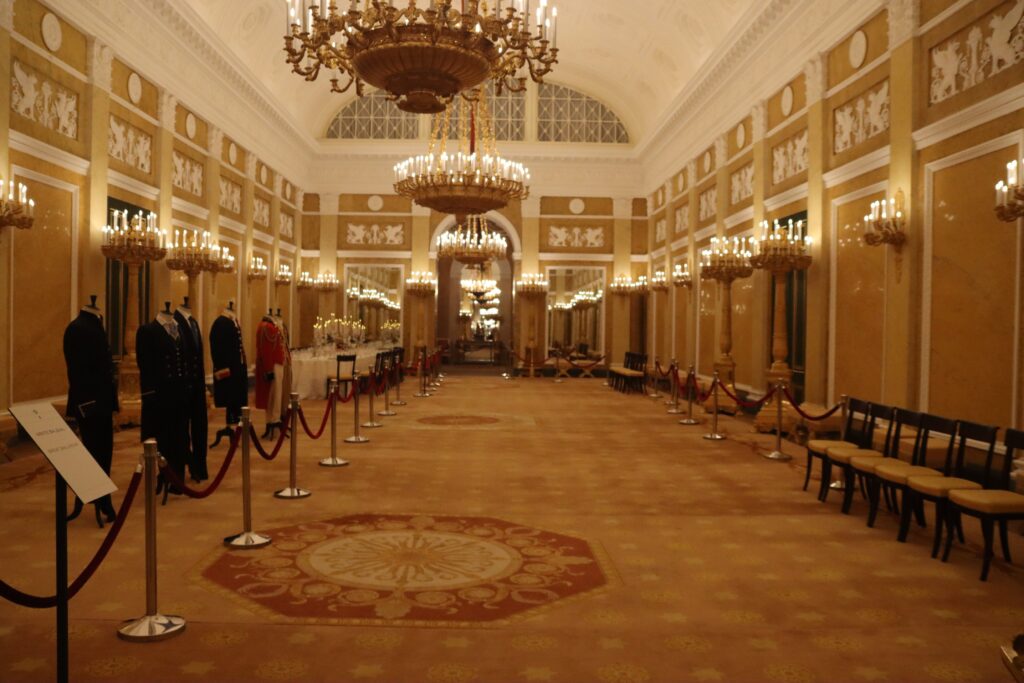
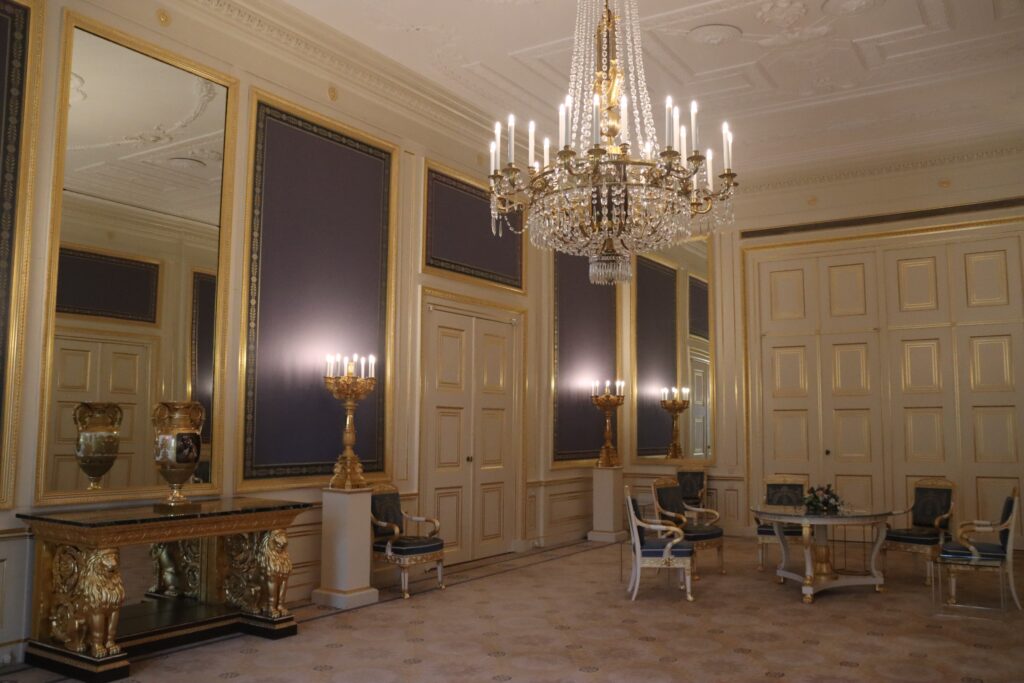
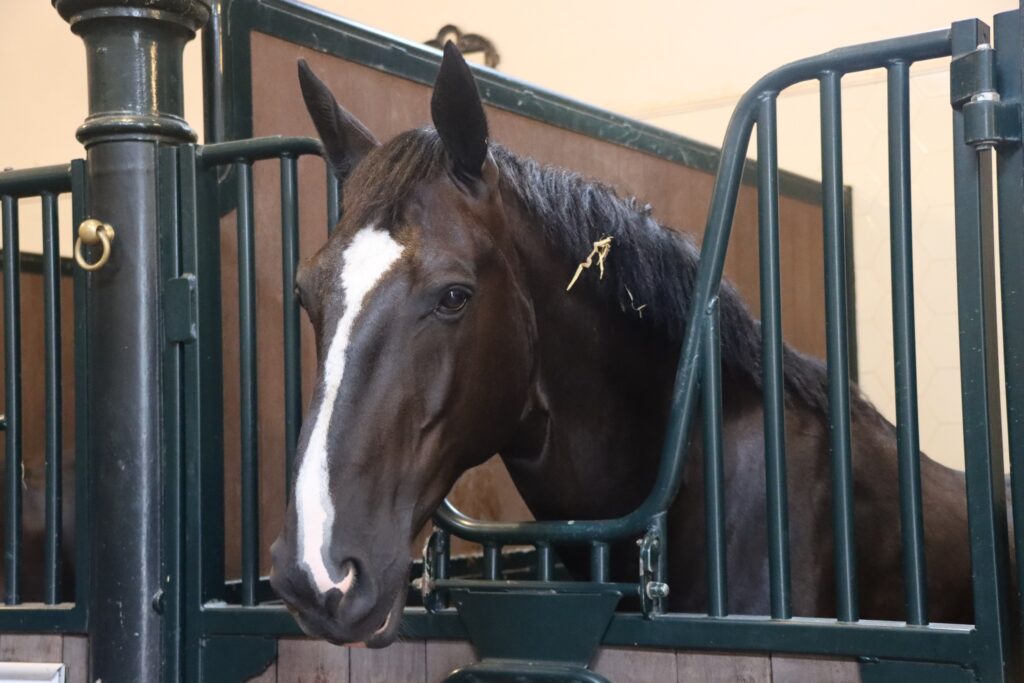
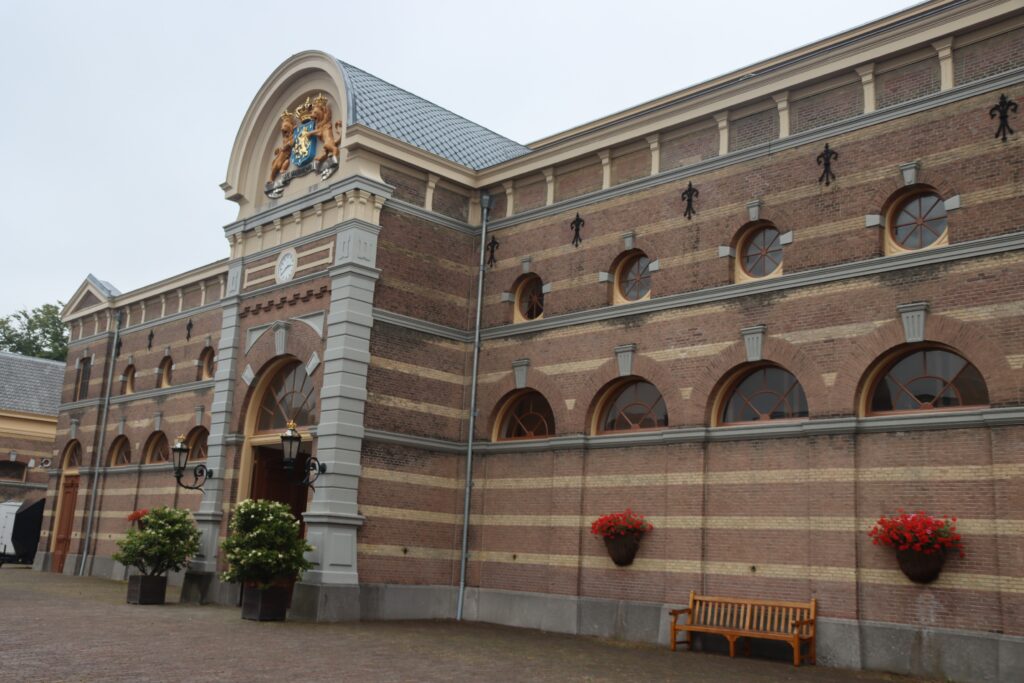
The current tour, which includes the royal stables, has an audio tour with an introduction by King Willem-Alexander. He also talks a bit about the palace’s history and calls it a “special workplace” with a “striking” history of almost 500 years. The royal stables house some historic coaches and cars, most of which are still in use today. This includes the controversial Golden Coach with its colonial artwork and the Glass Coach, which functioned as the Golden Coach’s replacement during the State Opening of Parliament.
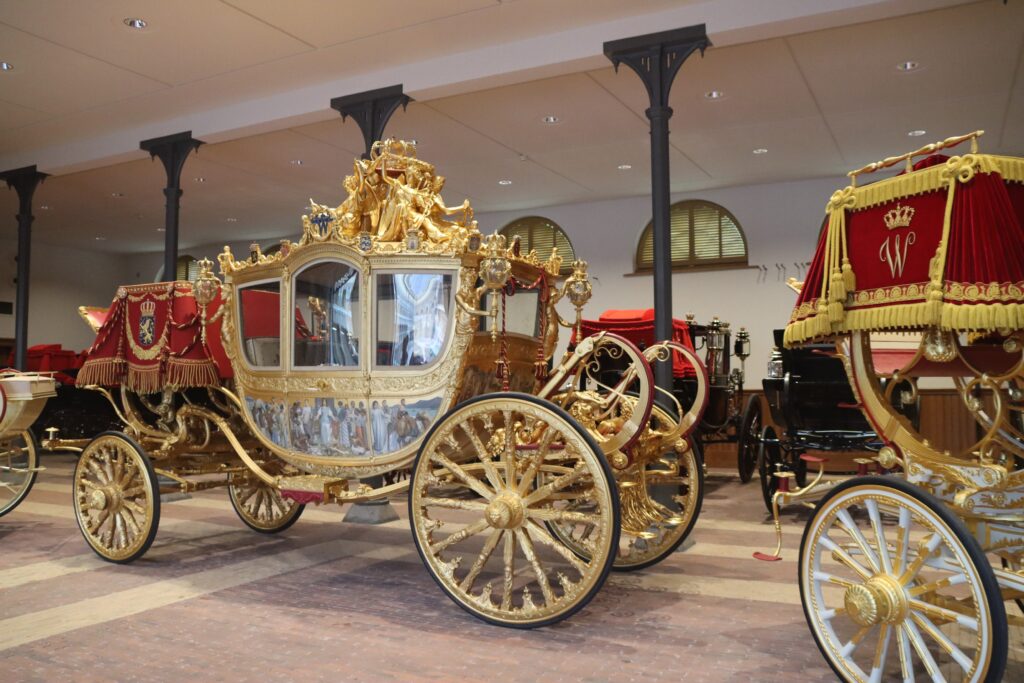
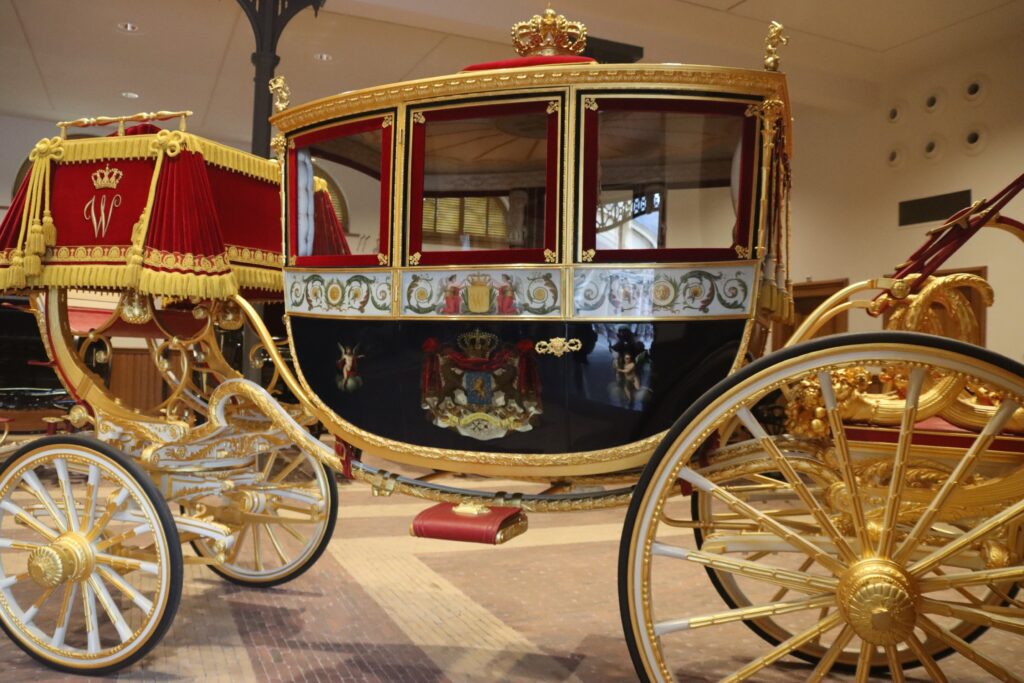
Tickets for all four Saturdays are completely sold out, so if you want a chance to visit – put it on your calendar for next year. Tickets usually go on sale in the middle of June.

